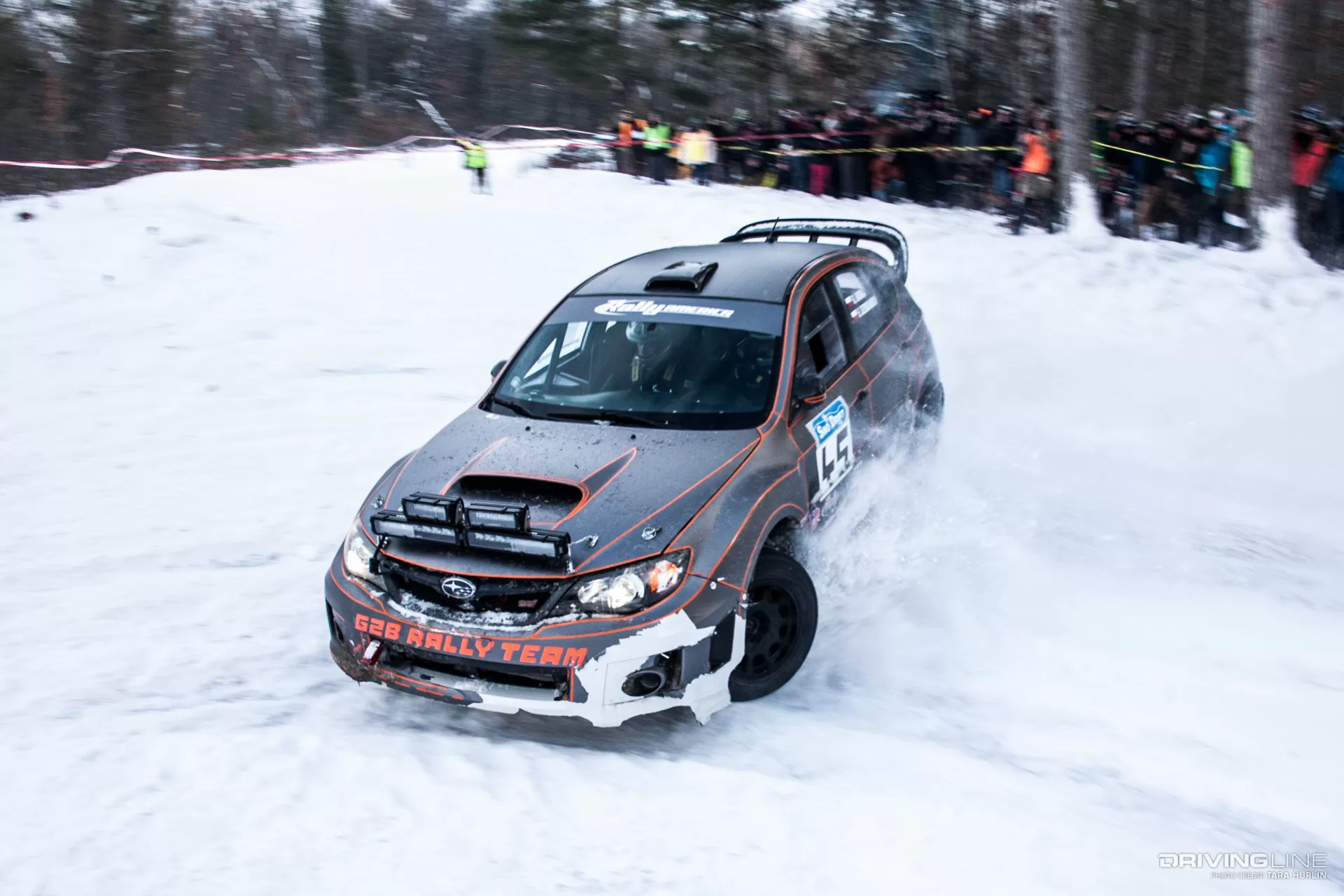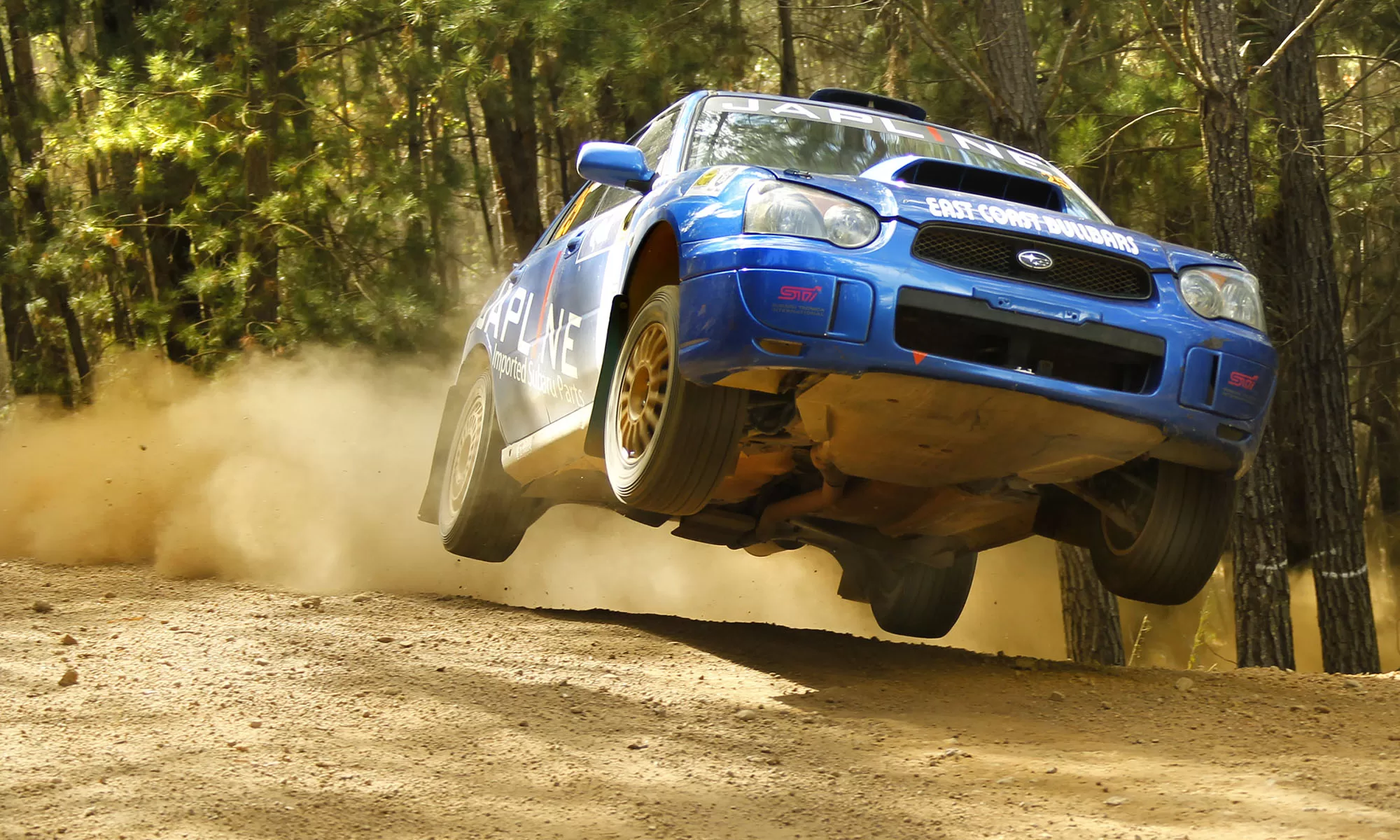Rally road type is the extreme variety of road conditions competitors must master. Unlike circuit racing on consistent asphalt or concrete, rally throws dramatically different surfaces at drivers, often within a single stage. From bone-dry tarmac to snow and ice, the changing road conditions form a key part of a rally’s character and difficulty.
Let’s overview the primary rally road types and how surface differences influence racing tactics. Understanding rally road surfaces gives fans a greater appreciation of the diverse skills championship drivers must possess.
Rally Road Type – Tarmac
The most common surface in everyday driving, tarmac stages are a mainstay in European rallies and those on other continents as well. Tarmac can vary from smooth, fresh blacktop to heavily pitted and deteriorated lanes. Grip levels are generally more consistent than loose surfaces but change based on weather conditions.

Dry tarmac emphasizes raw power and braking stability. In the wet, finding grip through corners and on acceleration relies more on suspension setup and tires. Familiarity with a tarmac road’s transitions separates the best drivers more than power alone.
Rally Road Type – Gravel and Dirt
Gravel and dirt surfaces characterize many iconic WRC rallies like those in Greece, Finland, and Australia. Gravel’s looseness allows for power sliding around corners at the limit of control. Constant adjustments to steering, throttle, and braking are necessary to maintain momentum.

Unexpected ruts, bumps, and surface changes on dirt and gravel roads keep drivers on edge. Judging corner entry speeds based on available traction and sight lines makes pacing critical. Areas of loose gravel and mud add complexity compared to tarmac.
Rally Road Type – Snow and Ice
Winter rallies in Sweden, Monte Carlo, and Poland incorporate frozen snow and ice sections. Slippery snow-covered roads require expert throttle control to keep cars tracking straight. Studded snow tires on ice provide some grip, but snowbanks limit margins for error.

Sudden transitions from ice to exposed pavement mid-stage add unpredictability. Experience reading available traction, braking points, and handling recovery distinguishes top drivers on ice and snow. Mastering the varied winter conditions gives competitors a major advantage.
Sand and Dirt
Desert and savannah rallies through Africa and the Middle East feature stages on sandy, rocky soil with high dust levels. Vision is compromised while loose, sandy surfaces reduce traction even with gravel tires. Car damage from rocks also takes a toll on durability.

Rally raids like the Dakar depend on navigation and continuity through constantly changing desert terrain. Committing to speed amid low visibility and erratic grip is counterintuitive yet essential. The rugged Rallye Aïcha des Gazelles in Morocco epitomizes the challenges of desert rallying.
Mud, Water, and Muck
Heavy rainfall transforms gravel and dirt roads into muddy quagmires with deep ruts, standing water and slippery mudslides. Mud Rally events purposefully test driver resolve in extreme muck, goop, and filth. Committing to speed despite zero visibility and minimal traction separates the brave from the timid.

Natural hazards like water crossings, flooded sections and muddy hairpins demand full car control. The aptly named Press On Regardless Rally in Michigan frequently reduces visibility to zero through muddy stages. For competitors and cars, persevering through the muck earns respect.
Mastering Any Rally Road Type Surface
Top rally drivers develop an adaptive style adjustable across all conditions. Smoothness and planning are essential on tarmac while aggressiveness benefits loose terrain. Commitment through poor visibility or low grip contradicts normal logic. Adaptable skills make champions, not just throttle stomping.

Rally demands broad capability across an unpredictable variety of road types. Connecting stages seamlessly despite inconsistent traction and visibility pushes experience and machine control to the limit. For competitors and fans, this diversity makes rally a supreme motorsports test.




